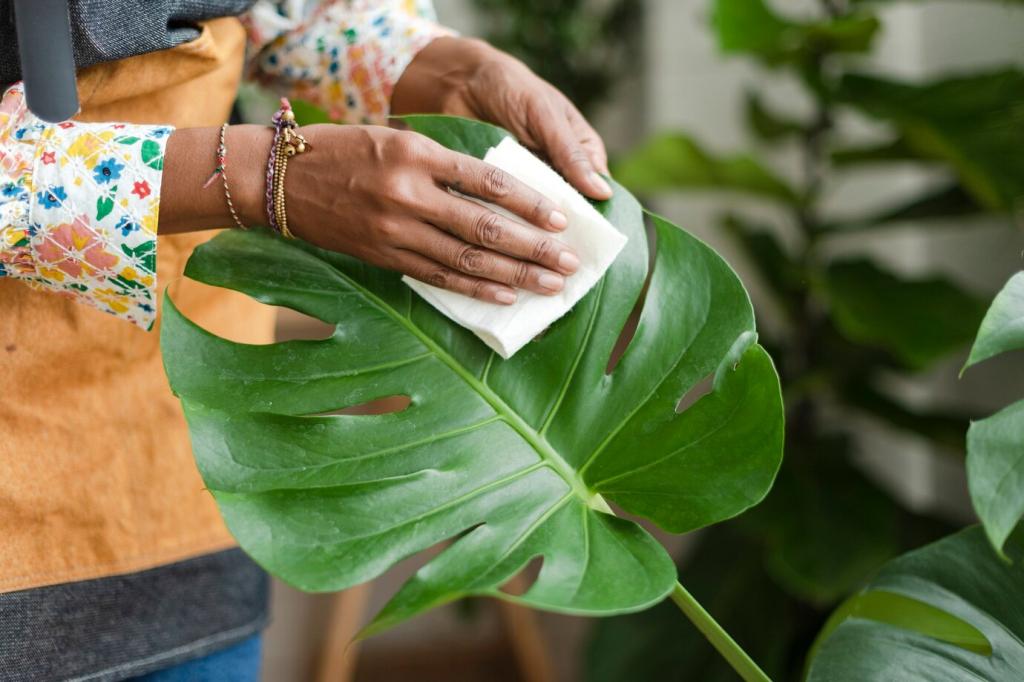Repair with Reversible, Natural Materials
Hot hide glue bonds well, remains flexible, and is reversible with warm water and heat. I saved a wobbly oak chair using it—repaired, not replaced. Comment if hide glue has ever salvaged your heirloom in a pinch.
Repair with Reversible, Natural Materials
Match grain, species, and color; align growth rings; and cut crisp shoulders for tight patches. Reclaimed offcuts reduce waste and blend beautifully. Share your favorite species for nearly invisible dutchmen and why they work so convincingly.

